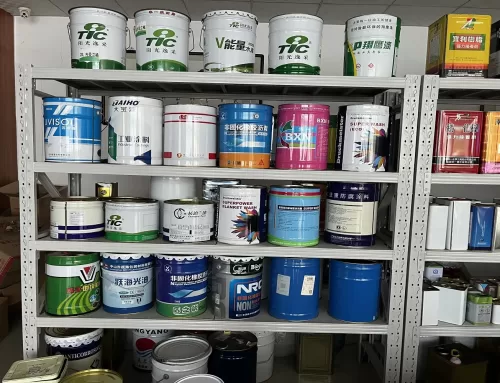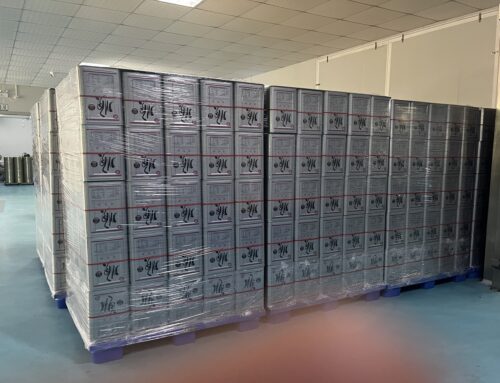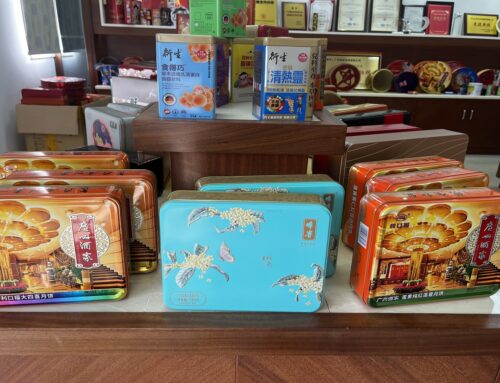A can sealer machine, as the name suggests, is a machine that seals the mouth of a can.
Generally, they are generally summarized as: iron cans, paper cans, aluminum cans, pressure cans, etc. Due to the different lids, it is also divided into cans, tin cans, etc. According to the shape, it is divided into round cans, square cans, cans and so on.
From the above, there are many types of can sealer due to the types of lids, which can be generally divided into: general-purpose can sealing machines, square can sealing machines, special-shaped can sealing machines, etc. With the increasing requirements for shelf life in the food, pharmaceutical, daily chemical industry and other industries, vacuum can sealer, vacuum nitrogen filling and can sealer, etc. have appeared.
According to the degree of automation, the can sealer is also divided into semi-automatic can sealer and automatic can sealer.
According to the characteristics of use, it can be divided into: milk powder can sealer, plastic bottle can sealer, iron can sealer.
The can sealer is generally divided into 5 parts: motor, pressure head, primary sealing wheel, secondary sealing wheel, tray. Among them, the indenter and the tray run synchronously, that is, driven by the motor, the indenter and the tray run synchronously and concentrically. When the tin can enters thecan sealer along the chain, the other side of the dial pushes the lid and enters the can sealer together.
When the tin can is placed on the tray, the lid just enters the concentric track with the tin can, the tray rises, and it also rises with the tin can. At the same time, the pressure head is pressed down to press the lid. Because of the concentricity, the lid just covers the tin can .
Then the lid and the tin can are pressed together by the tray and the ram, also running synchronously. At this point once the sealing wheel enters the track, just to snap the lid into the groove of the sealing wheel. The sealing wheel has no power, but there is a bearing in the wheel. Because the cover is rotating, it drives the sealing wheel to rotate. There is a spring on the sealing wheel to press inward, so the cover is pressed in the groove of the first sealing wheel and starts to roll inward, so that the cover Rolled up with the tin can. After one turn, the primary sealing wheel leaves the track, and the secondary sealing wheel enters the track. Through the extrusion of the secondary sealing wheel, the lid and the tin can are completely squeezed together, so that the can seal with the lid no longer leaks.




